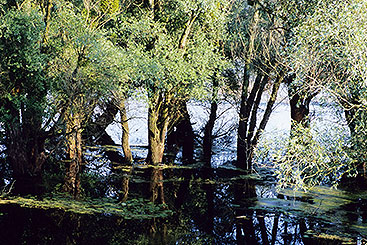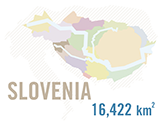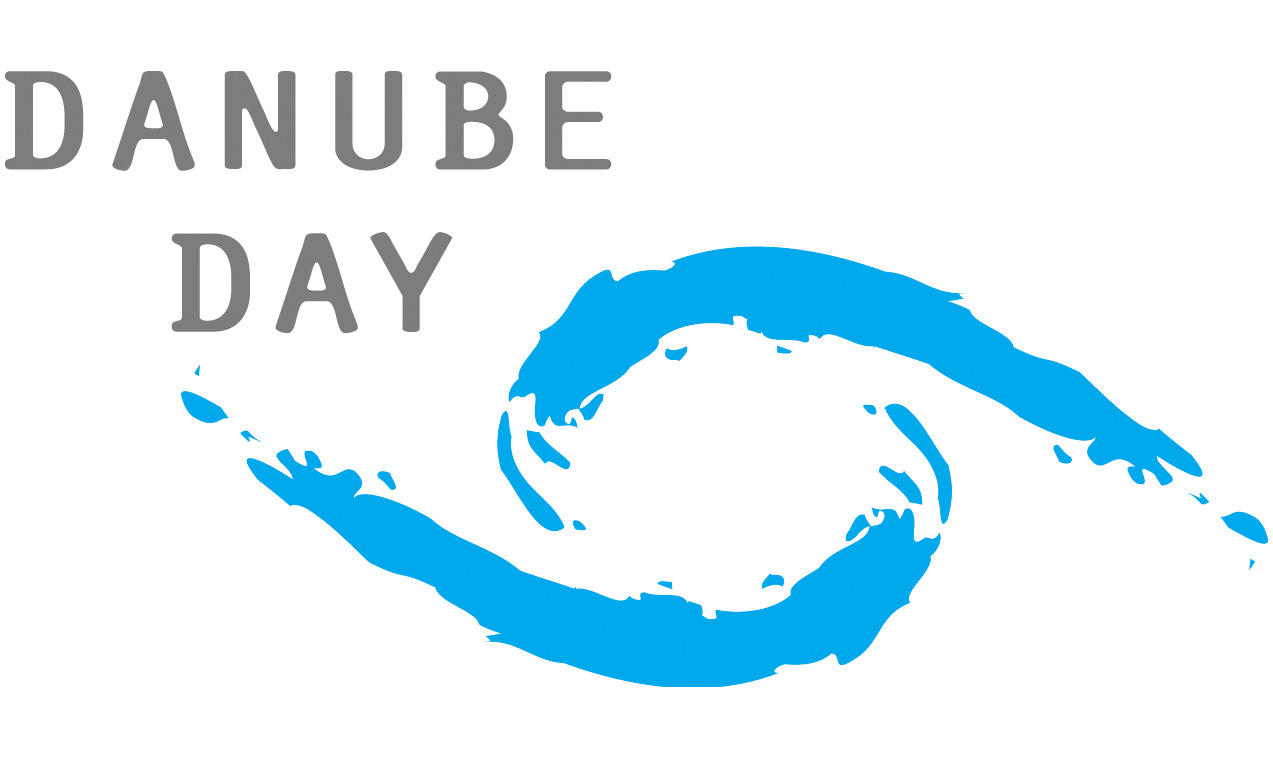Slovenia - Holistic solutions for development

Slovenia
Holistic solutions for development
The work of the Danube countries under the ICPDR provides a model of transboundary cooperation to guide actions for sustainable development in regions all around the world.

Credit: ICPDR/Mello

The integrated approach to water management in the process of preparing and implementing the Danube River Protection Convention is a real challenge. It involves bringing together countries with differing histories, languages and cultures as well as diverse sectors – such as transport, energy, flood management, pollution control or nature and the environment – to find sustainable solutions for water use on the same rivers. This is a lesson in hard work. This process – at the regional or national level, from the top down or bottom up – is the essence of the ICPDR’s approach, and to be a part of this process is true team building. Thanks to this process, the ICPDR has built a strong Danube family with a clear vision and plan. To be a member of the ICPDR is a great asset for cooperation in a shared river basin.
Providing an applicable model for management. The experiences of working in the ICPDR have been very useful for the Sava River Basin, in particular for the EU Stability Pact and the US activity to enhance cooperation in the region after the Dayton Agreement. In addition, the group which drafted the Framework Agreement for the Sava River Basin worked to create a similar balance between regional, subregional and national water management issues as seen in the work of the ICPDR. Thanks to the active cooperation of the Secretariats of the ICPDR and the International Sava River Basin Commission, we have two significant results: the Sava River Basin Management Plan and the Joint Statement on Inland Navigation and Environmental Sustainability in the Danube River Basin. Participation from NGOs and stakeholders in the Sava River Basin has grown, and the Sava Youth Parliament and events organised under Sava Day held on 1 June help to draw attention to water management, navigation and the importance of cooperation in the Sava River Basin.
Slovenia held the ICPDR Presidency in 2010, and the first Danube River Basin Management Plan was adopted that year.
In the same year, the European Commission launched the EU Strategy for the Danube Region. The Strategy, which aims to develop the economic potential of the region while working to restore water quality and manage environmental risks, benefitted from the ICPDR’s broad consultation process for sustainable transboundary projects with the Danube River Basin Management Plan. Furthermore, the Danube countries, under the ICPDR, recognised the importance of ecosystem goods and services for future development in the Guiding Principles for Sustainable Hydropower Development, for which Slovenia served as one of the three lead countries. Adopted in 2013, these principles will serve as a solid example of how find sustainable solutions for development in the shared ecoregion.
The integrated approach of the ICPDR’s work and its emphasis on regional cooperation serve as a lighthouse for other regions – such as the Adriatic-Ionian and the Alpine regions – as they look to the goals reached by the Danube River Protection Convention over the past 20 years and the achievements still to come.






